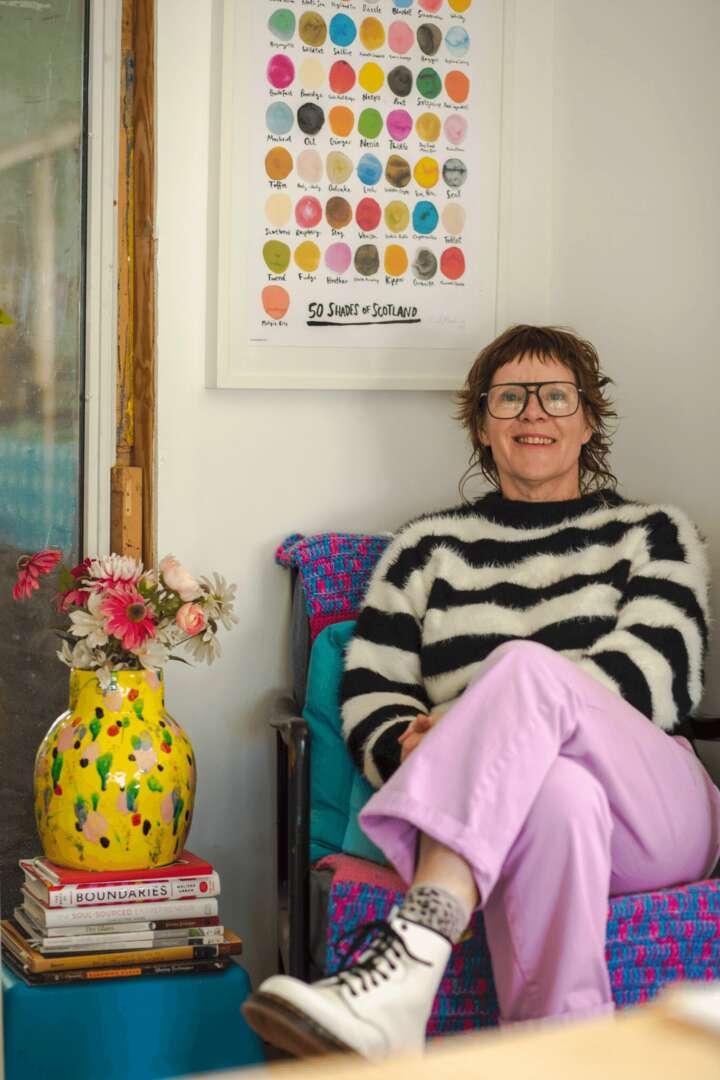Alright – so today we’ve got the honor of introducing you to Carole Smith. We think you’ll enjoy our conversation, we’ve shared it below.
Carole, appreciate you joining us today. Did you always know you wanted to pursue a creative or artistic career? When did you first know?
Growing up in Scotland, attending a Waldorf school provided a nurturing environment where creativity was not just encouraged but celebrated. Surrounded by artistic expression and imaginative freedom, I began to discover my passion for creativity early on.
My parents played a crucial role in fostering this interest, encouraging me to explore various forms of artistic expression.
By the time I entered my teenage years, I had already developed a strong inclination towards pursuing a creative path.
Moving to London to pursue my dream of attending art college felt like a natural progression. It was here that I immersed myself in exploring ceramics, techniques, and styles, further solidifying my commitment to a creative career.
Reflecting on those early years, it’s clear that my journey towards embracing a creative path was shaped by a combination of supportive influences and personal passion.
The experiences and lessons learned along the way continue to fuel my artistic pursuits and shape my identity as a creative individual.
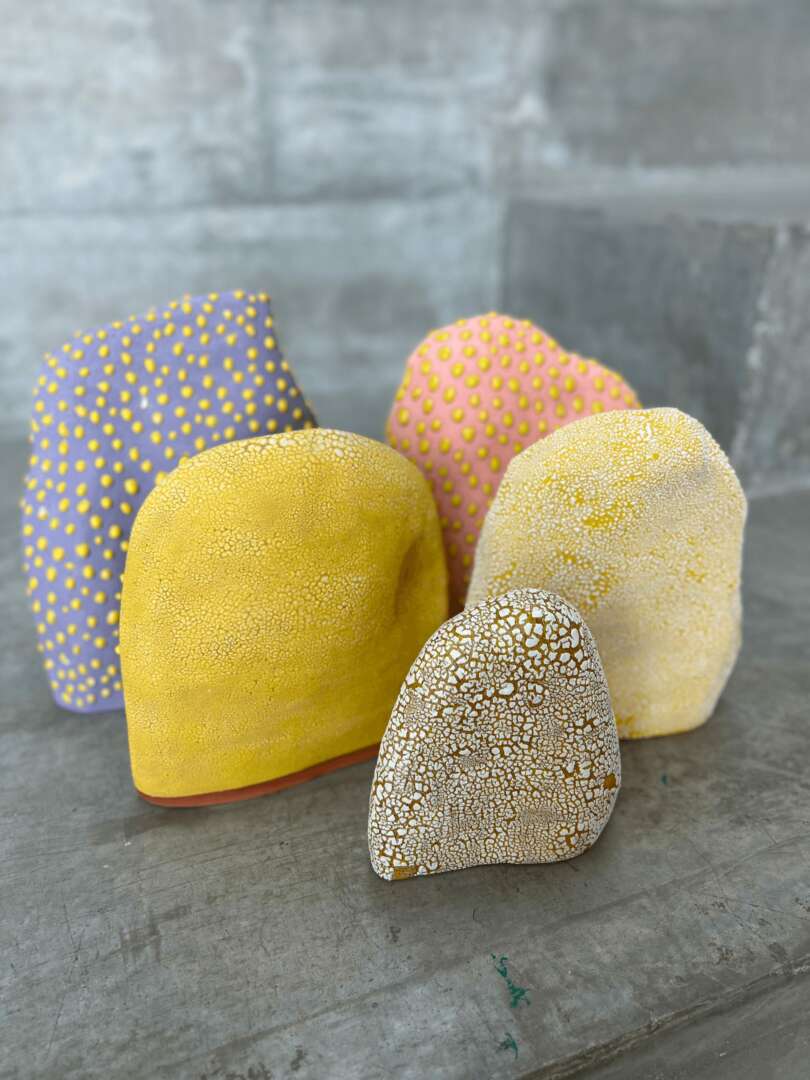
Carole, before we move on to more of these sorts of questions, can you take some time to bring our readers up to speed on you and what you do?
My journey has been quite the adventure. After leaving art college in London, I founded Candy’s Chandies, a lighting company where I handmade everything and sold pieces all over the world.
Though the business ended when I moved to Texas, I spent some time in restaurants, which was good but not my true passion.
Eventually, I realized that teaching ceramics from my own studio, McCheek’s Studio, was what I truly wanted to do. Now, as we enter our 14th year, it’s incredibly fulfilling to share my love for ceramics with others.
In addition to teaching at McCheek’s Studio, I’ve also been creating my own ceramic pieces. Starting with functional ceramics and gradually transitioning to sculptural works, it’s been an exciting evolution of my craft. Making both functional and sculptural ceramics allows me to explore different dimensions of creativity and express myself in diverse ways.
My creative journey is fueled by a deep personal need for self-soothing and expression. Working with clay and creating pieces with my own hands has become a therapeutic process, especially when dealing with homesickness and life’s difficulties . Currently, I’m immersed in preparing for an upcoming show at the Galveston Art Centre in August. My focus is on creating an installation of the work I’ve been making for the last couple of years inspired partially by an artist residency in Greece last summer.
Over the past three years, I’ve dedicated myself to researching glazes, and now I’m excited to integrate this knowledge into my new ceramic sculptures. This upcoming exhibition feels like a culmination of both my artistic exploration and personal healing through creativity.

Do you think there is something that non-creatives might struggle to understand about your journey as a creative? Maybe you can shed some light?
Non-creatives might struggle to understand that being a creative isn’t just about inspiration and making art. It involves a lot of practical, everyday tasks and responsibilities that are essential to sustain a creative career.
Running a business, maintaining a studio, managing logistics like firing kilns, and teaching a significant number of students each week require discipline, organization, and time management skills. It’s a juggling act between administrative duties, responding to emails, handling registrations, and ensuring the supplies like clay and glazes are stocked.
Finding a balance between these responsibilities and making one’s own creative work can be challenging. Sometimes, the demands of running a studio and teaching can overshadow personal creative time. This balance is crucial because personal creative fulfillment often fuels the passion that drives teaching and running a business.
For me, teaching loses its joy when I don’t have enough time to nurture my own creative process. The satisfaction of creating art, experimenting with new techniques, and expressing oneself artistically is at the core of why I chose this path. It’s not just about teaching others but also about continuing to learn and grow as an artist myself.
In essence, being a creative involves a blend of artistic inspiration and practical, sometimes mundane, tasks that are essential for sustaining a creative practice and business. Finding this balance is key to maintaining both personal fulfillment and professional success in the creative field.
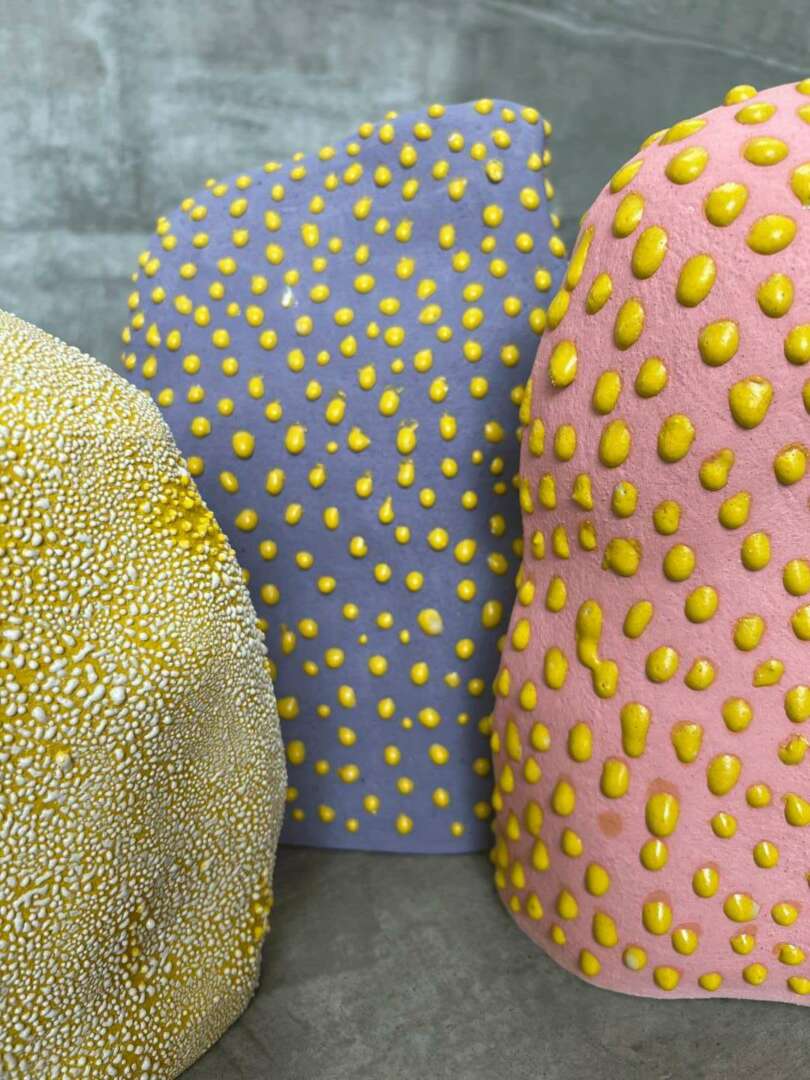
What’s the most rewarding aspect of being a creative in your experience?
For me, the most rewarding aspect of being an artist is how it keeps me grounded and sane.
Sharing my knowledge with others, especially helping those who don’t see themselves as creative, brings me immense joy.
Doing what I love every day is a privilege—I can’t imagine ever retiring from creating, even if I may retire from teaching someday.
Staying curious and continually exploring new ideas keeps my mind active and engaged, which is incredibly fulfilling. Being an artist isn’t just a job; it’s a way of life that brings meaning and purpose to everything I do.
Contact Info:
- Website: https://mccheeksstudio.com/
- Instagram: https://instagram.com/mccheeksmayhemceramics
- Facebook: https://facebook.com/mccheeksstudioclayclasses

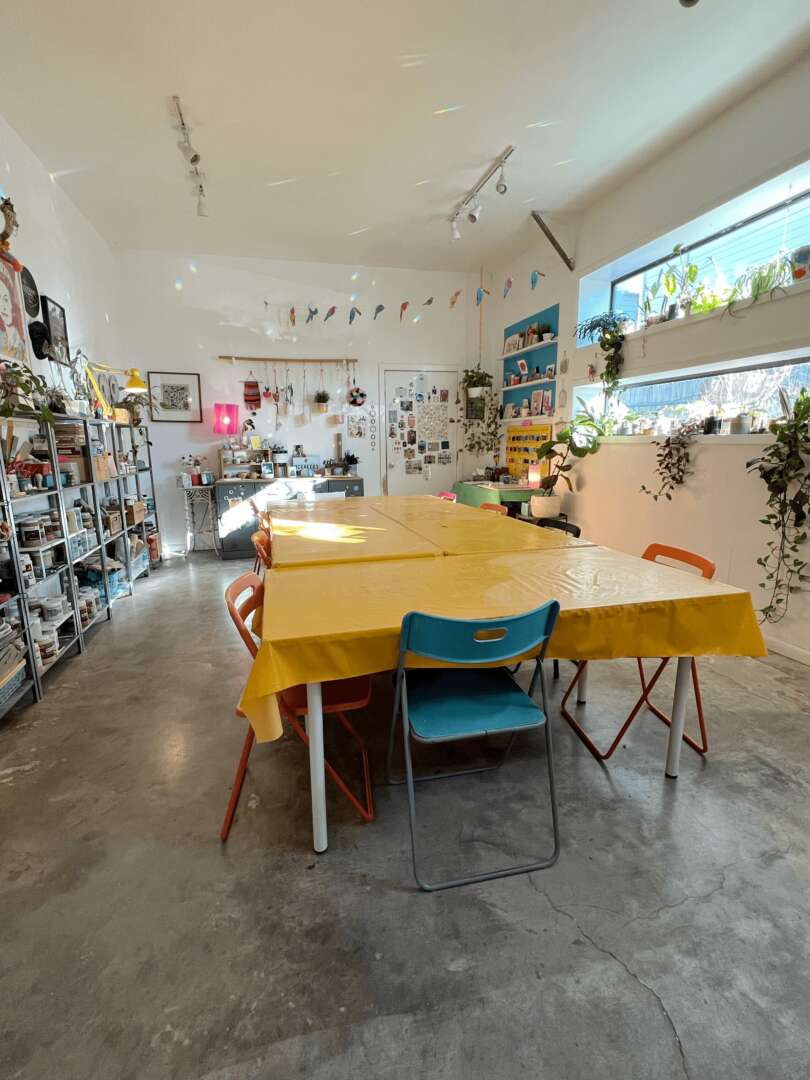

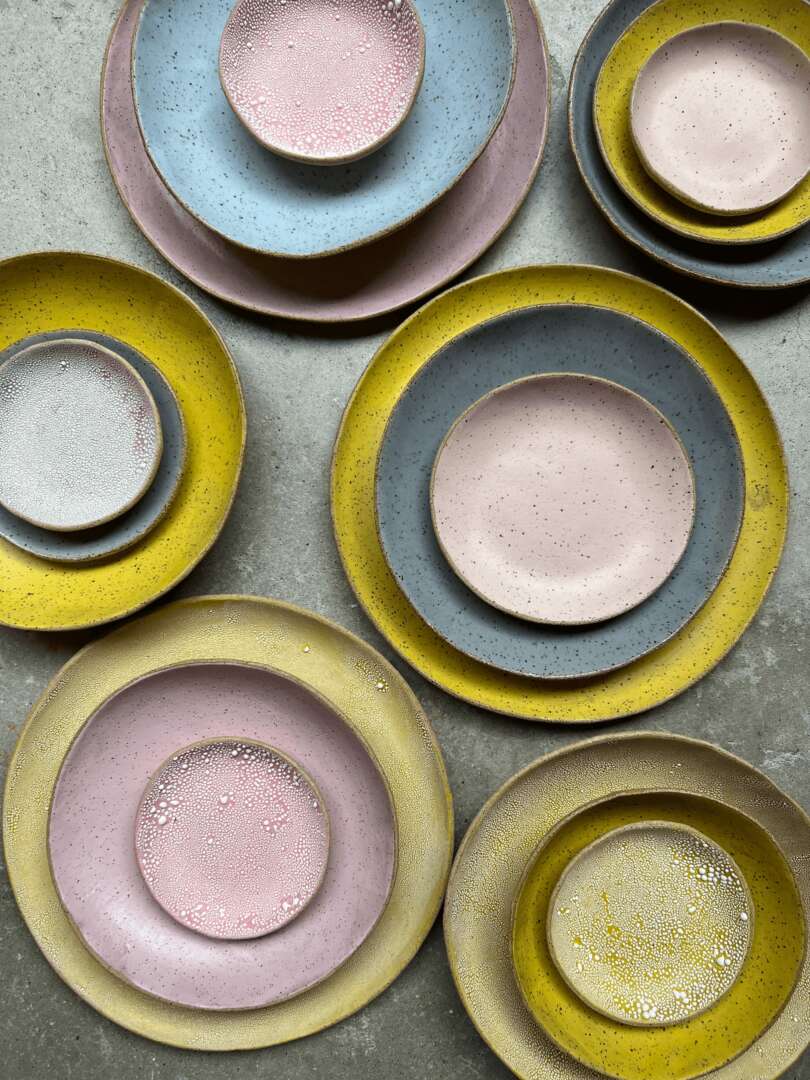
Image Credits
Iliana Costillo for photo of me


